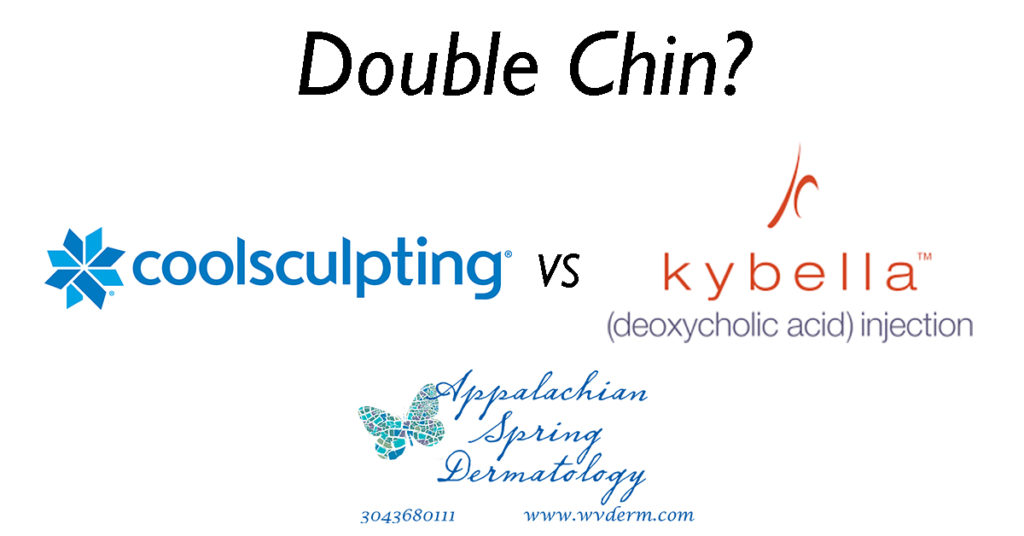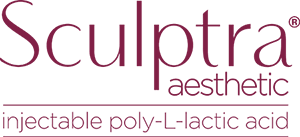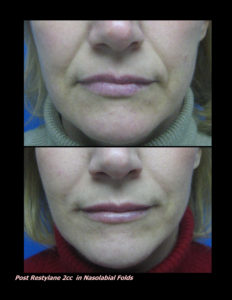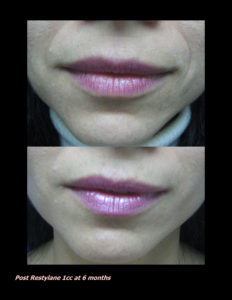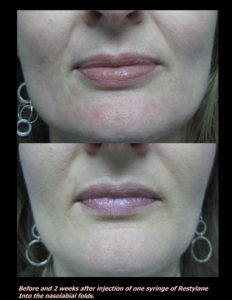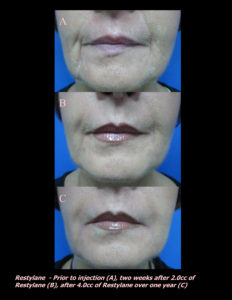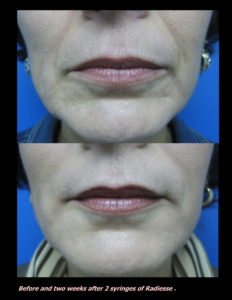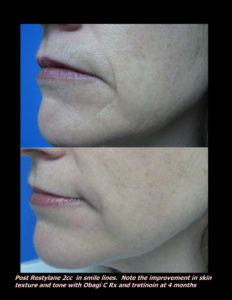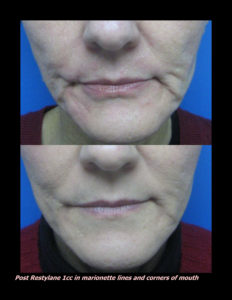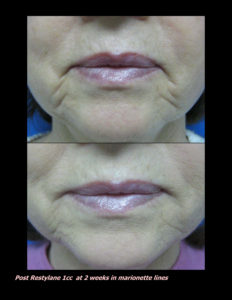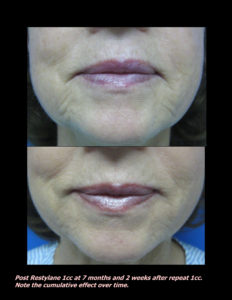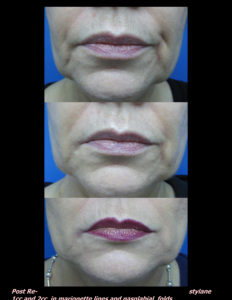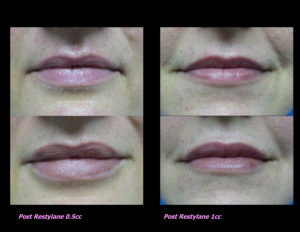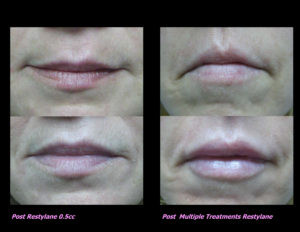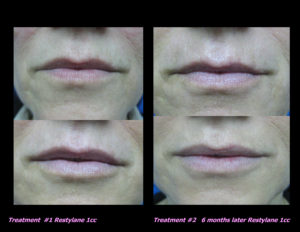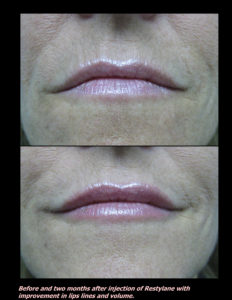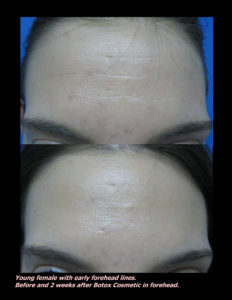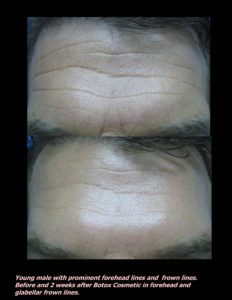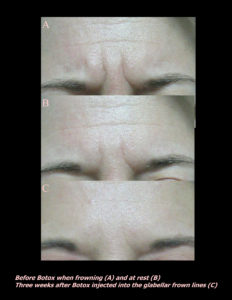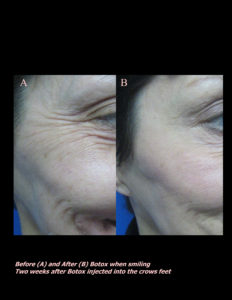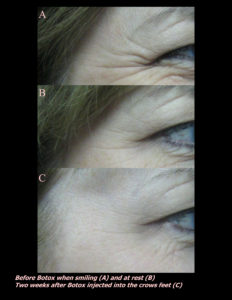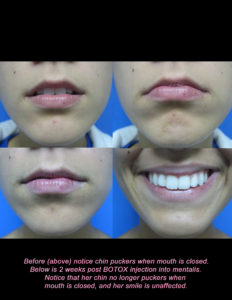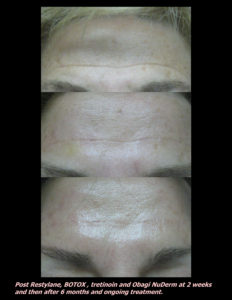When I first opened my practice, I had a dish of chocolate candy at my front desk. Many times a day people would accuse me of trying to make acne worse. How silly! Almost 15 years later, I thought it would be worth exploring.
What’s in Chocolate?
All chocolate has one main common ingredient…
Cacao – The seed that is roasted, ground, and cooked to be separated into two components: cocoa solids and cocoa butter.
The varying kinds of chocolate include more or less milk and sugar and varying ratios of cocoa solids and cocoa butter.
Which Parts Matter Most?
Let’s look at these individual components and what the scientific literature says about their ability to cause acne. Most of the literature centers around the ability of these ingredients to stimulate insulin and/or Insulin-Like Growth Factor 1 (IGF1). IGF1 is a small protein that is secreted by the liver in response to insulin as well as in response to protein in the diet. Both Insulin and IGF1 seem to play a negative role in acne.
Milk – There have been a number of old studies that have suggested that milk may be problematic for acne. These studies illustrated that commercial milk and dairy products often contain hormones including IGF1 and androgen precursors that stimulate acne. This is somewhat because many dairy cows are injected with rBST/rBGH to increase milk production. This hormone leads to Insulin-like Growth Factor (IGF-1) being present in milk. In addition to exogenous IGF1, further studies have now illustrated that the primary protein components of milk, whey, and casein, stimulate the release of insulin and IGF-1, respectively.
Sugar –Eating sugar causes the body to secrete Insulin. Glycemic index measures the likelihood that a particular food would elevate blood sugar and stimulate the release of Insulin and in turn the release of IGF1.
Cocoa – Cocoa itself may also play a role. There was one study that compared eating chocolate, and another food of similar glycemic load and chocolate caused more acne symptoms. In another study, patients ingested pills that contained cocoa only, and those patients also saw an increase in acne. However, all these studies were very small, making it hard to form solid scientific conclusions.
Two “acne free” populations in the world have been studied, one in Papua New Guinea and one in Paraguay. Both eat a low glycemic diet and virtually no dairy products.
So DOES CHOCOLATE CAUSE ACNE?
Maybe, for some people. But the scientific evidence extends beyond chocolate to all dairy products and high glycemic foods. So eating dark chocolate, which contains less milk and sugar, in moderation is my pick.
What other changes can I make in my diet to improve acne?
Most dermatologists agree that a low glycemic diet and reduced dairy may be beneficial — however, everything in moderation. We want to encourage patients to eat a healthy well-rounded diet! Vegetables seem to be the safest bet, but that won’t make my teenage patients so happy!
In the office, I usually do not include a discussion of diet except to say the following: Everyone is different. If you know chocolate, tomatoes or anything else flares your acne, then eat those things in moderation and not when you have a big event coming up!
For a deeper look at the relaionship between diet and acne, click here.
______________________________________________________________________
If you find these blog posts helpful, please share them on facebook, twitter or your social media preference using the buttons below. Also, you can email them to a friend.
Follow us on Facebook for event info, videos, and for the chance to win a FREE FACIAL!
If you would like to receive these posts in your email inbox, Subscribe to our Site!
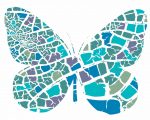

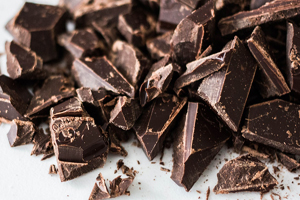



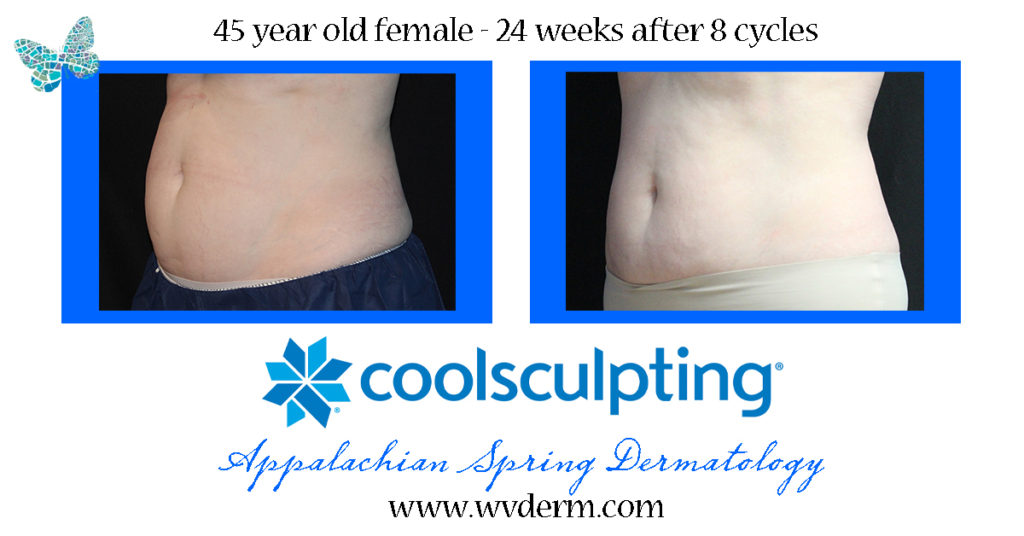
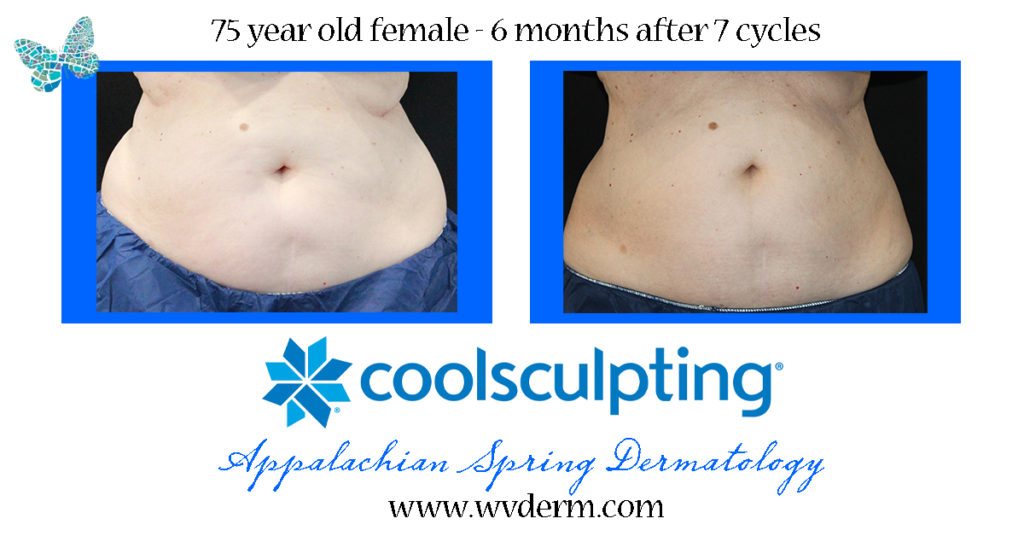
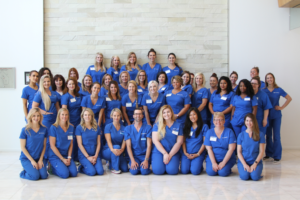
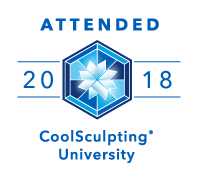
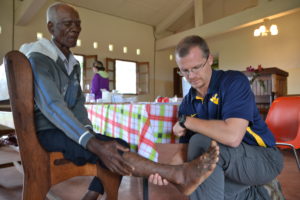


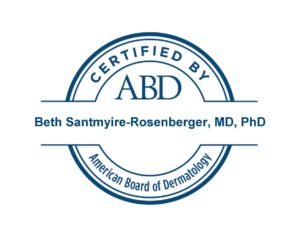

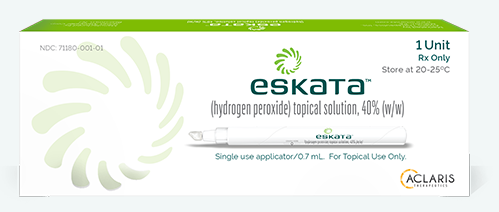

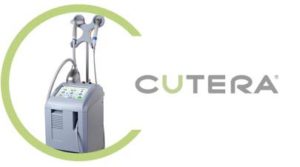 Laser Vein Reduction Treatments
Laser Vein Reduction Treatments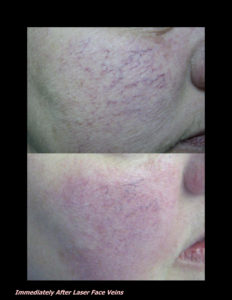
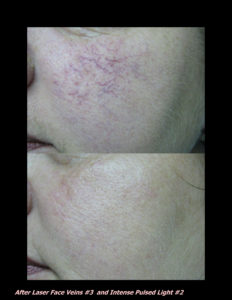
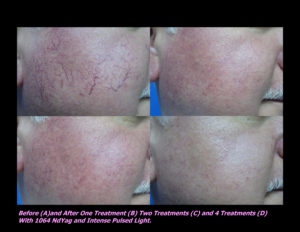
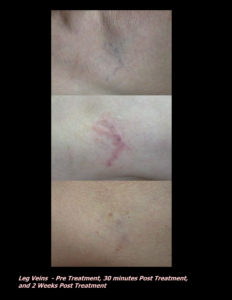
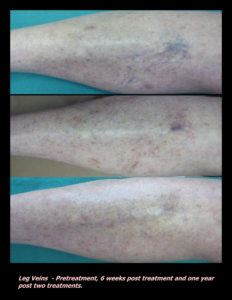
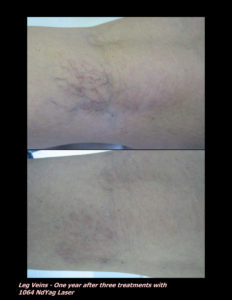
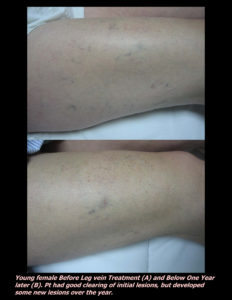
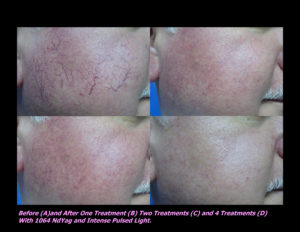
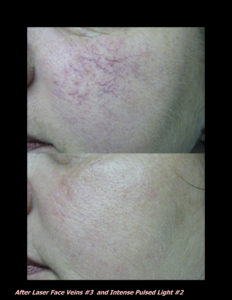
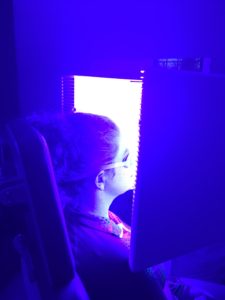
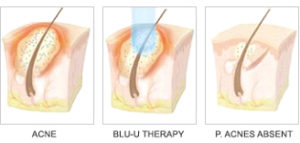
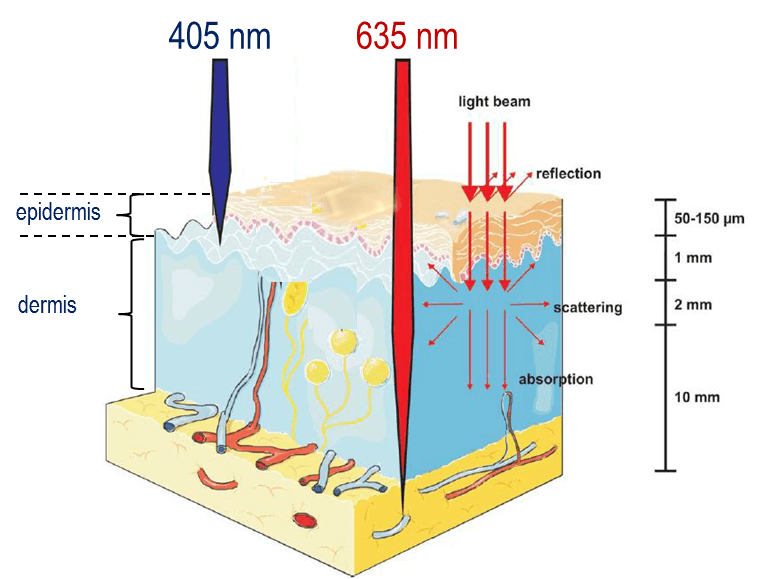
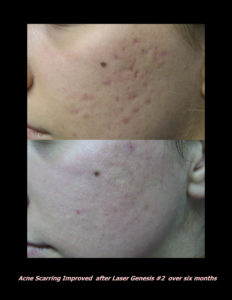
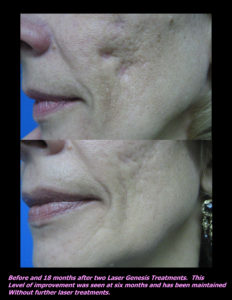
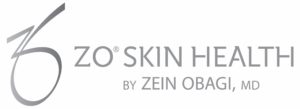

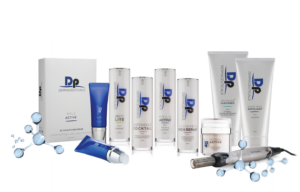 DP Dermaceutical Products
DP Dermaceutical Products